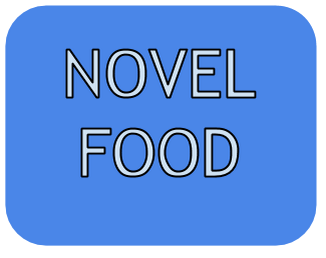
The exotic fruit juice Noni juice and a high pressure fruit juice – made using new production techniques – are examples of novel foods that have won approval to go on sale in the EU in recent years.
But according to a recent European Parliament briefing paper, the current authorisation process for novel foods is seen by the food industry as complex, expensive and time-consuming. As well, other stakeholders agree the current novel foods regulation, urgently needs updating to reflect scientific and technological advances.
A previous bid at revision, in 2008, failed due to disagreement over food derived from cloned animals. Questions related to cloning were therefore left out of the European Commission’s reform proposal in the 2013 which would make changes including the removal of the former novel food categories; centralisation of the authorisation process; a shift from applicant-based to generic authorisations; and simplification of procedure for traditional foods from third countries.
Interinstitutional trilogue negotiations started last December 2014 and the Committee of Member States’ Permanent Representatives (Coreper) approved the resulting compromise text on 10 June, with the EP’s Committee on Environment, Public Health and Food Safety (ENVI) following suit on June 25. The text is now expected to be voted in plenary in October 2015.
According to the briefing paper, the issues which proved to be difficult to negotiate were nanotechnology, cloning and parliamentary scrutiny over the list of authorised novel foods.
It said the trilogue agreed that food from cloned animals would be retained under the Novel Foods Regulation during the transitional period until the two separate proposals currently being discussed come into force.
It also reached an agreement on nanotechnology, setting a 50% threshold content for nanoparticles to be defined as ‘nano’ but to be lowered progressively, through delegated acts, as advances in technology make it possible to detect smaller amounts.
The paper said nanotechnology is a field of applied sciences dealing with manipulation of matter at atomic and molecular scale (less than 100 nanometers). “This emerging technology could have important applications in the food and feed sector in the future. Nanotechnologies can be used in the food industry, for example in food packaging, or to improve taste of food, to reduce sugar or salt content or to slow down microbial activity.”
However, it also noted the potential risks of nanotechnology for food safety and public health are still hard to assess. “Some nanomaterials, for example, may have the potential to enter the human body through the skin or through mucous membranes (e.g. in the respiratory or alimentary tract), possibly causing health risks.”
It said there so far no accurate definition of nanomaterial in the EU. The European Commission recommended a definition of ‘nanomaterial’ as material where 50% or more of the particles are less than 100 nanometers in size, but EFSA (the European Food Safety Authority), in view of the current uncertainties, proposes that a lower nanoparticle threshold of 10% should be considered for food-related applications.
source: European Parliament briefing paper “Updating rules on novel foods to keep up with scientific advances”
